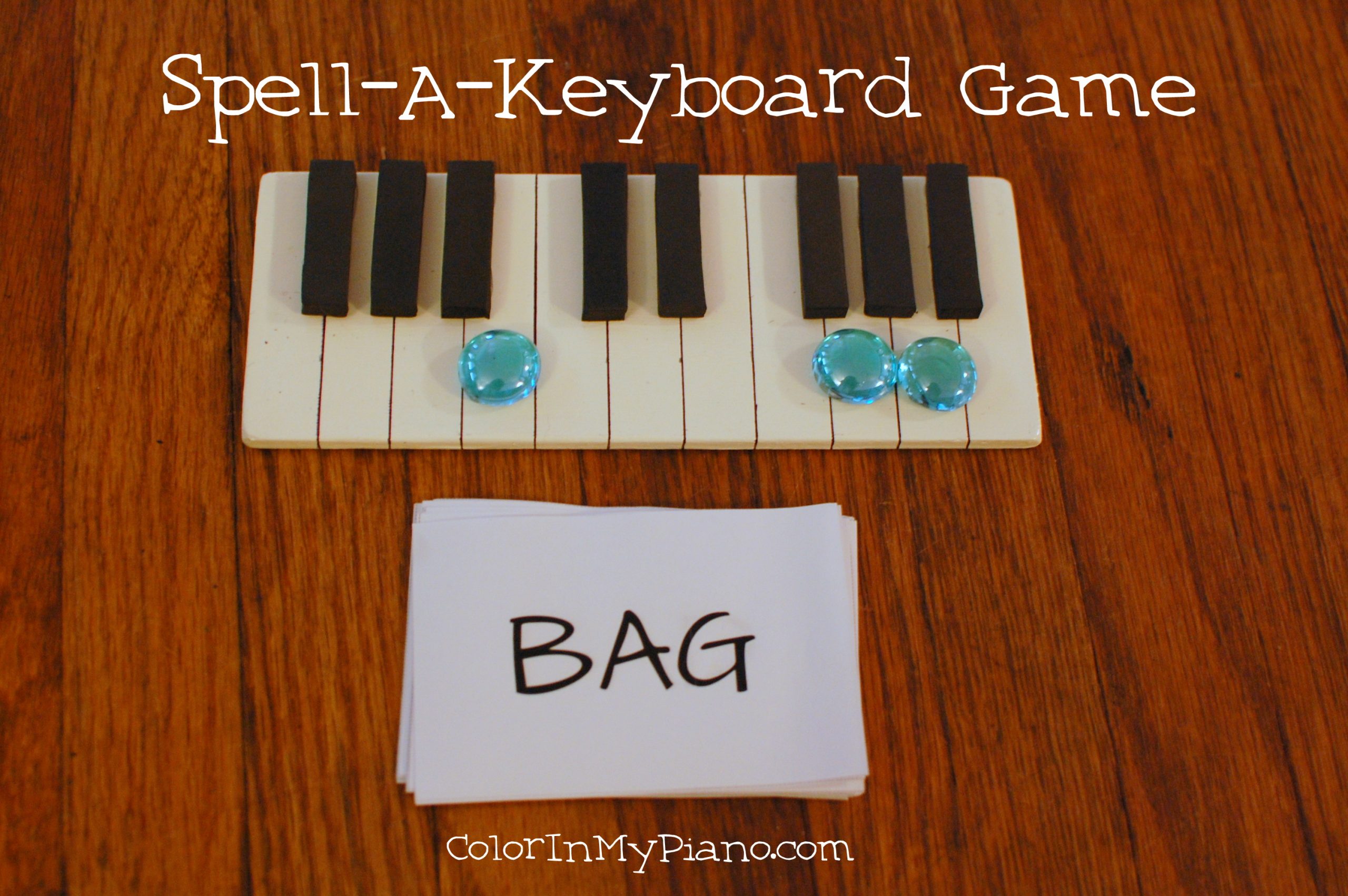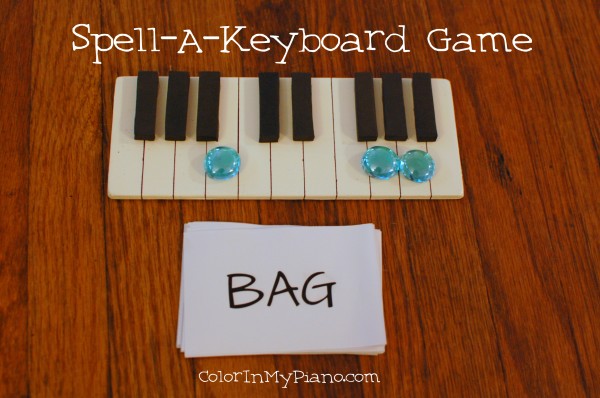 My friend Sheryl Welles has just put her RoadTrip USA! camp lesson plans up for sale on her website! She very kindly sent me a copy to review, and so I’m going to tell you all about it. 🙂
My friend Sheryl Welles has just put her RoadTrip USA! camp lesson plans up for sale on her website! She very kindly sent me a copy to review, and so I’m going to tell you all about it. 🙂
RoadTrip USA! is a 159-page pdf that contains detailed descriptions with photos of the games and activities Sheryl does for her camp. Sheryl also includes detailed lists for the supplies you will need each day, as well as some advice about registration forms and setting tuition.
So, what is the camp like? Each day, campers travel to a different part of the United States to listen to different styles of music, learn about composers, and reinforce basic musical concepts, like rhythm and note reading. The five destinations are Washington D.C., New Orleans, the Wild West, New York City, and Hawaii. The activities throughout the day are themed around that day’s destination. I love the great variety of activities (indoors, outdoors, movement, listening, etc!) Sheryl uses for this camp, and your students will love it too! If you haven’t seen Sheryl’s blog before, I highly recommend you check out some of her posts about her music camps. Continue reading “Review: Road Trip USA! Camp by Sheryl Welles”



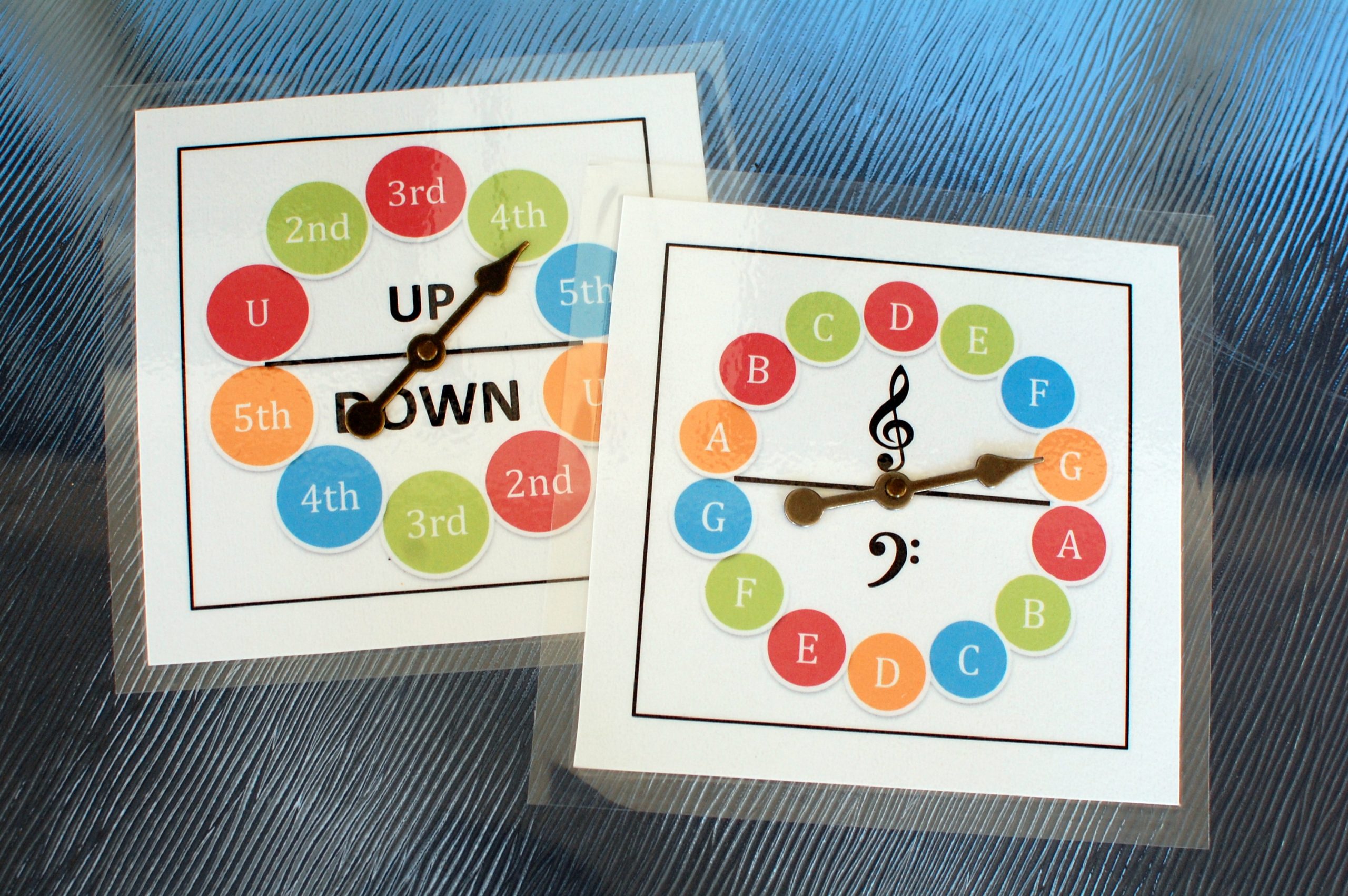
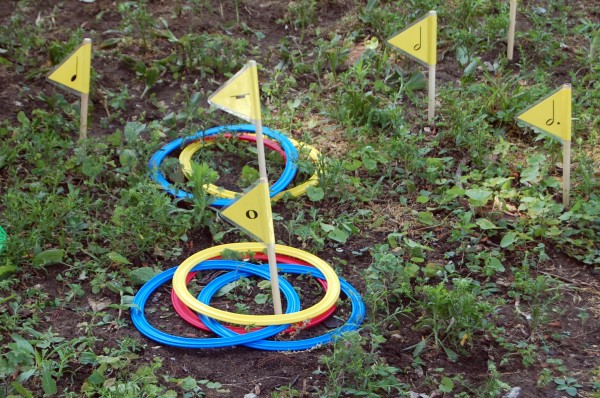
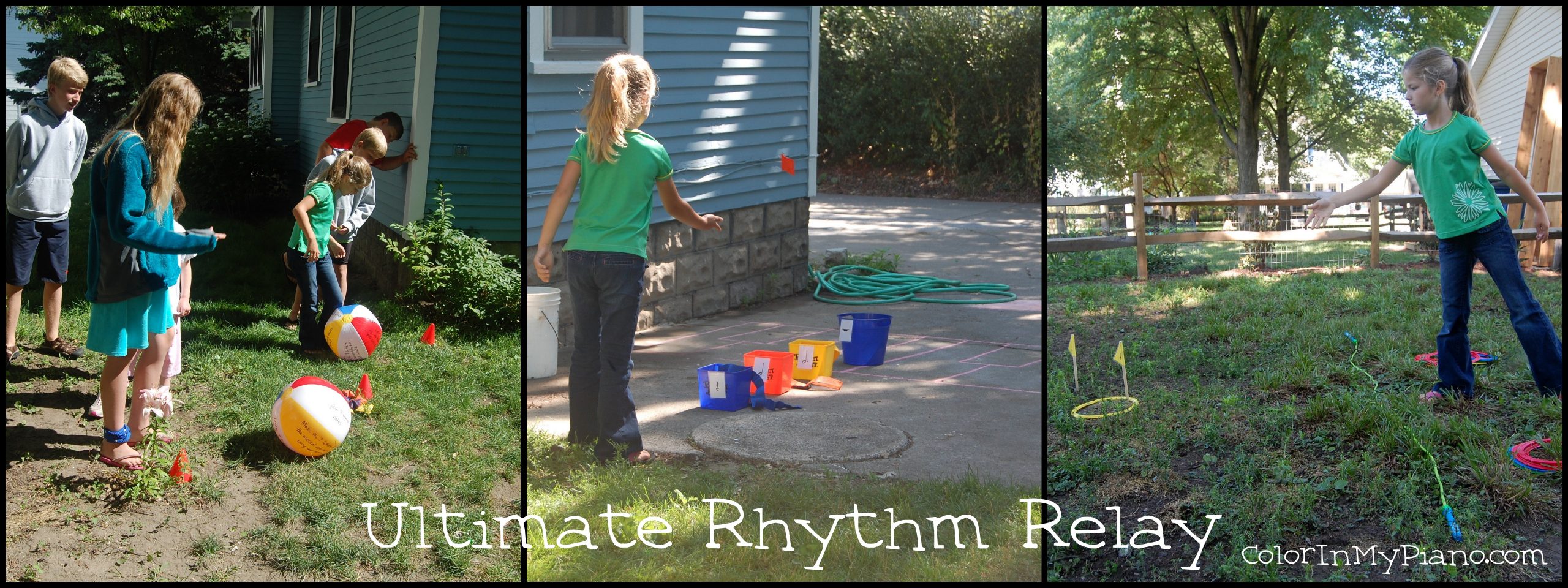
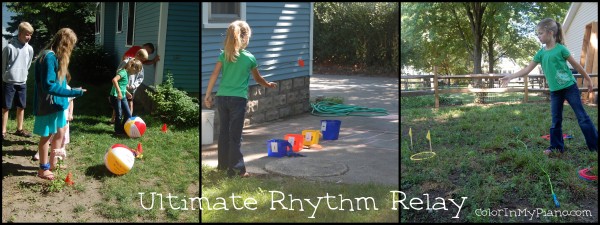
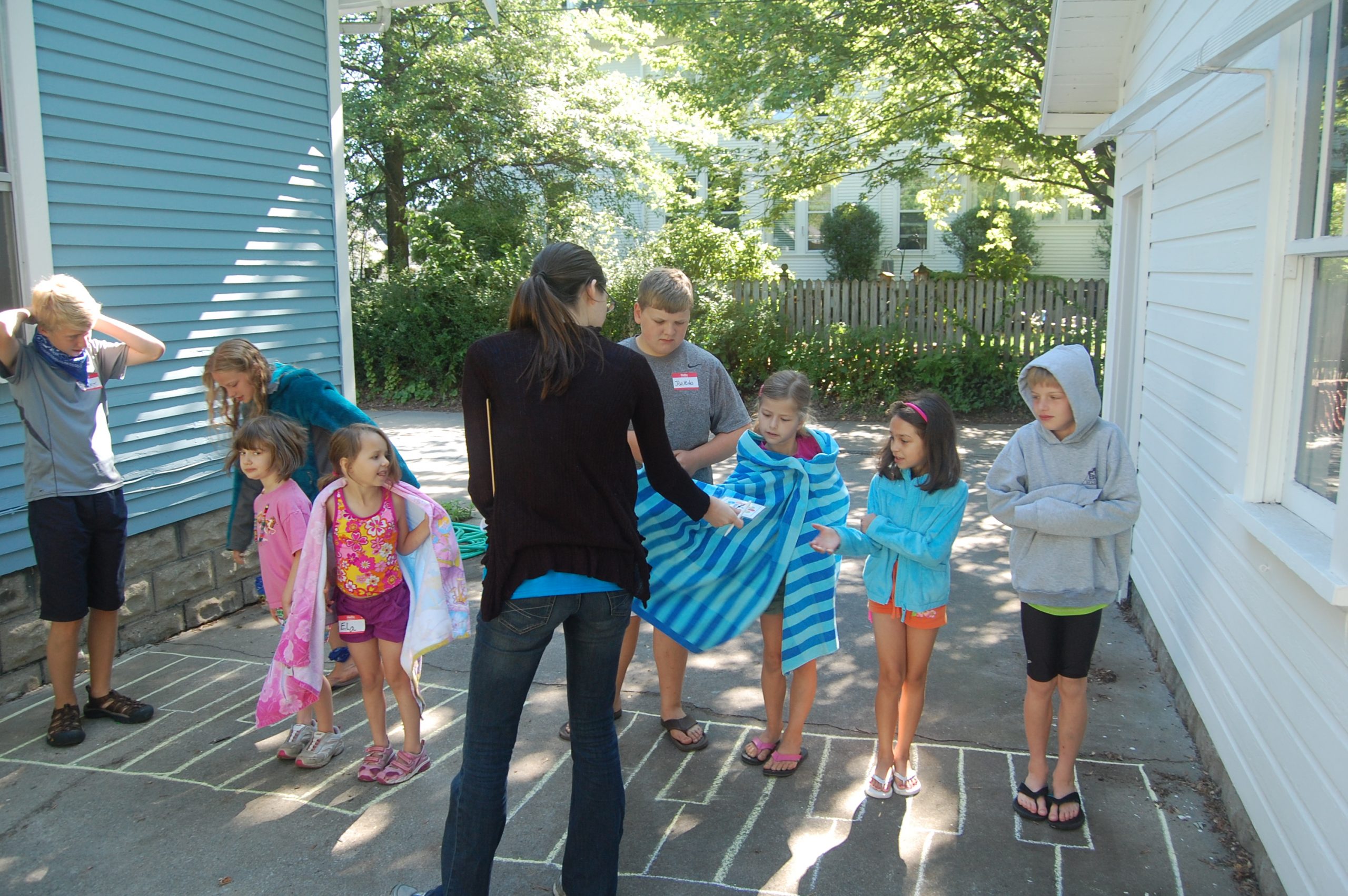
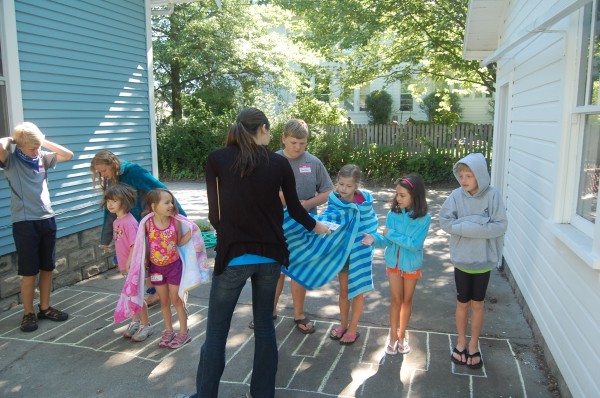

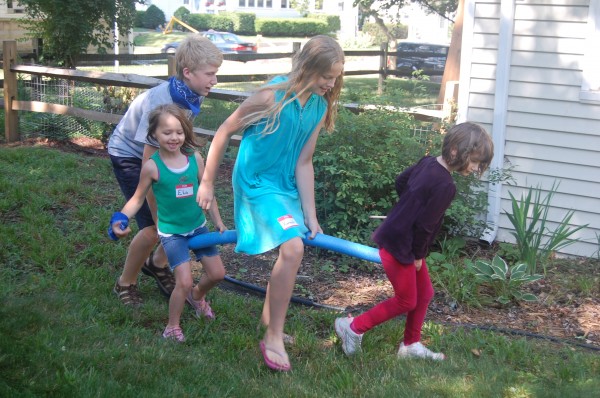

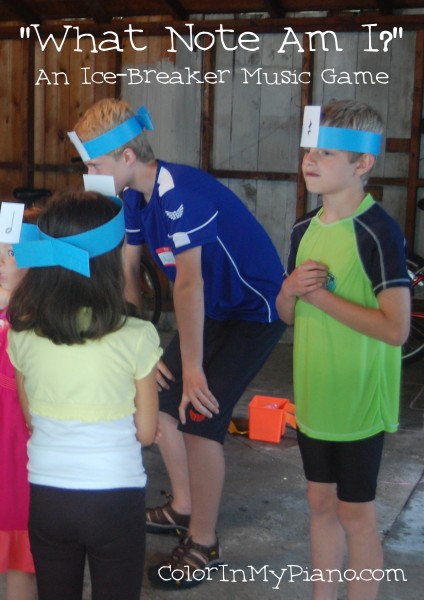
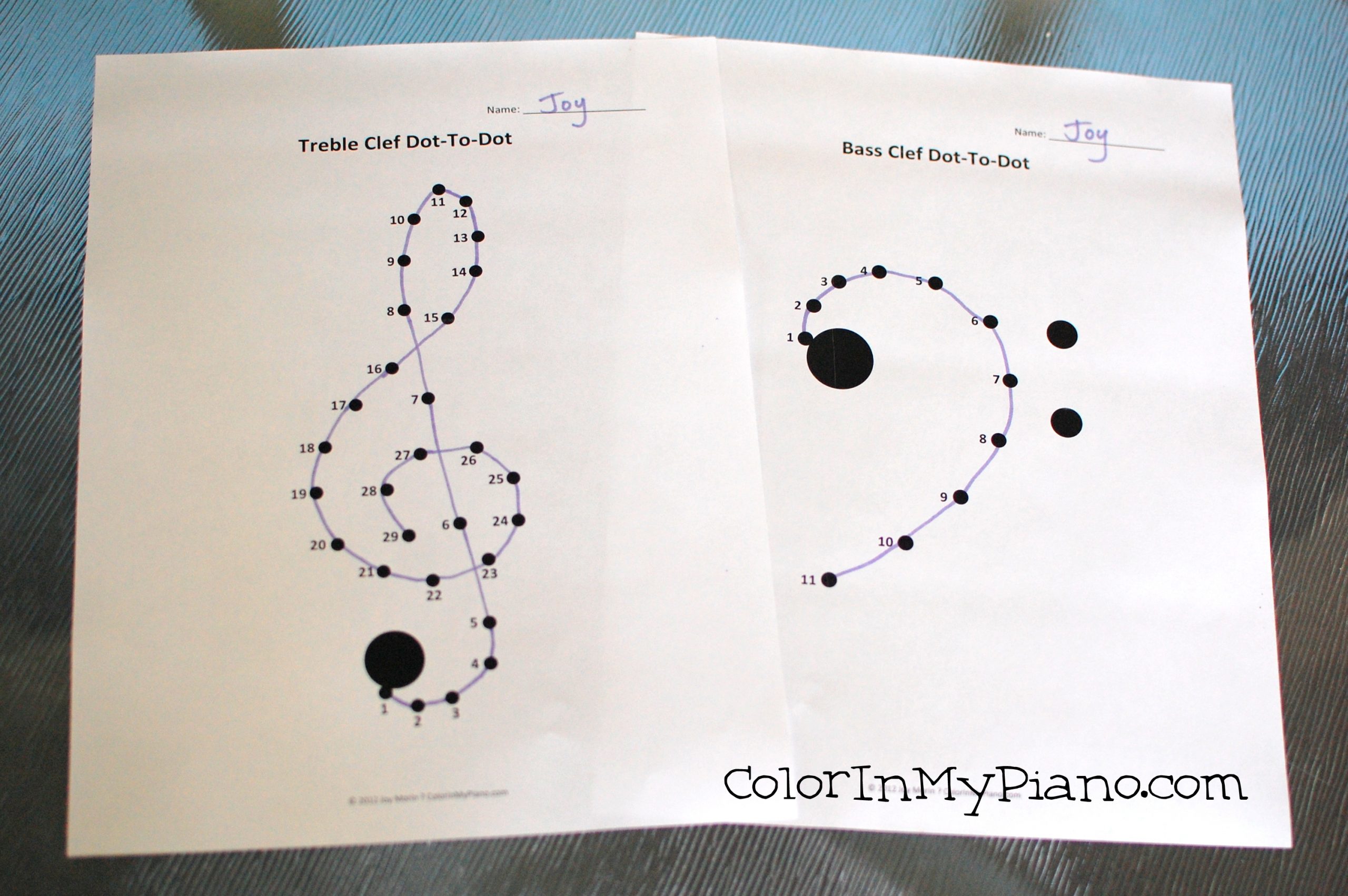
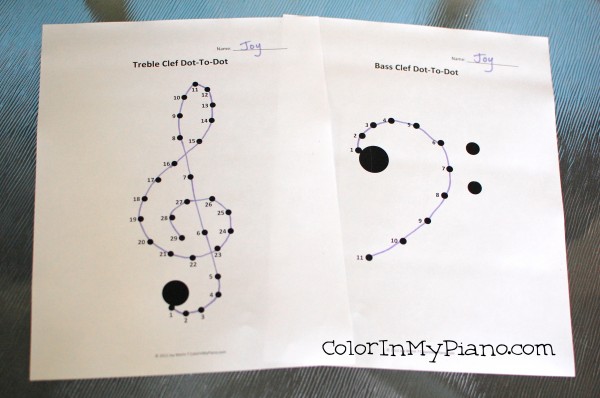

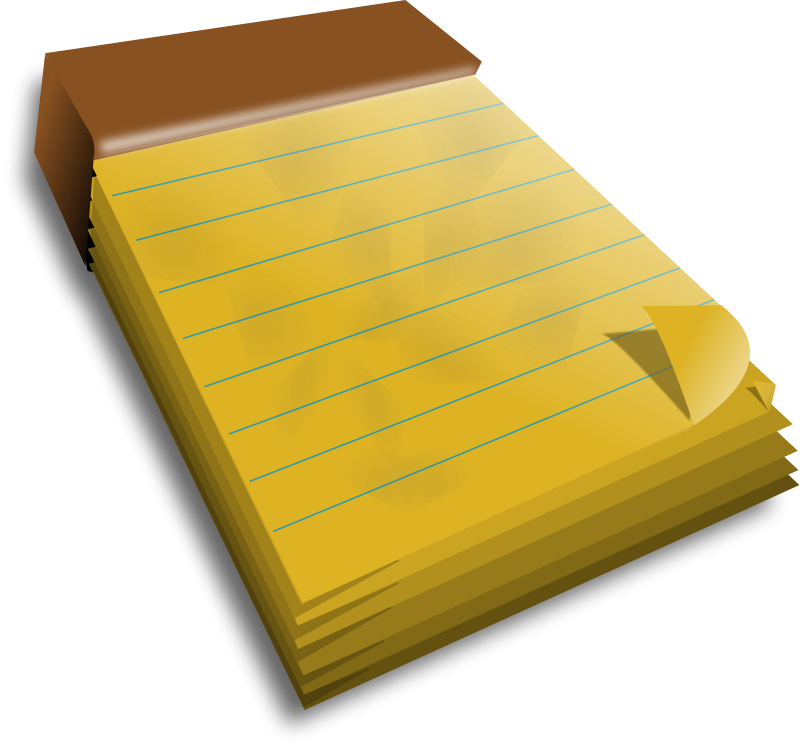
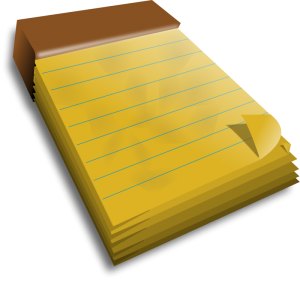 I’ve let a few weeks go by again without doing a Forum Q&A, so I think it’s high time for another! 🙂 Last time, we discussed
I’ve let a few weeks go by again without doing a Forum Q&A, so I think it’s high time for another! 🙂 Last time, we discussed 
 Here is a phrase I find myself use more and more lately with my students:
Here is a phrase I find myself use more and more lately with my students:
 Just a quick story to share today…
Just a quick story to share today…